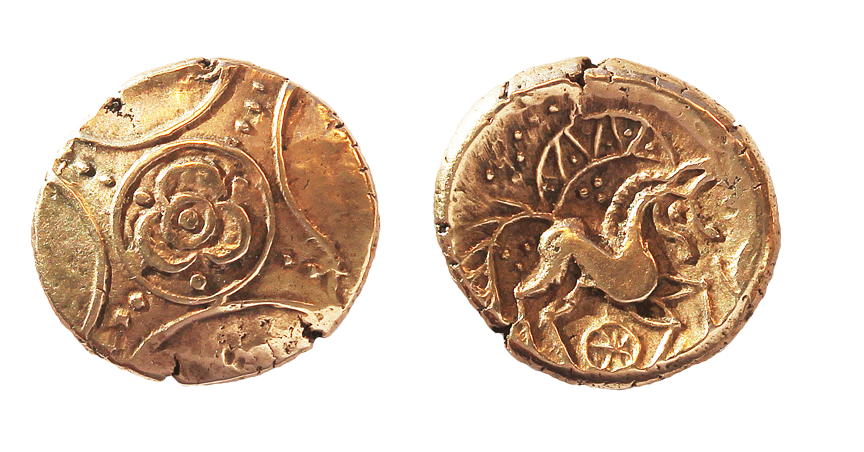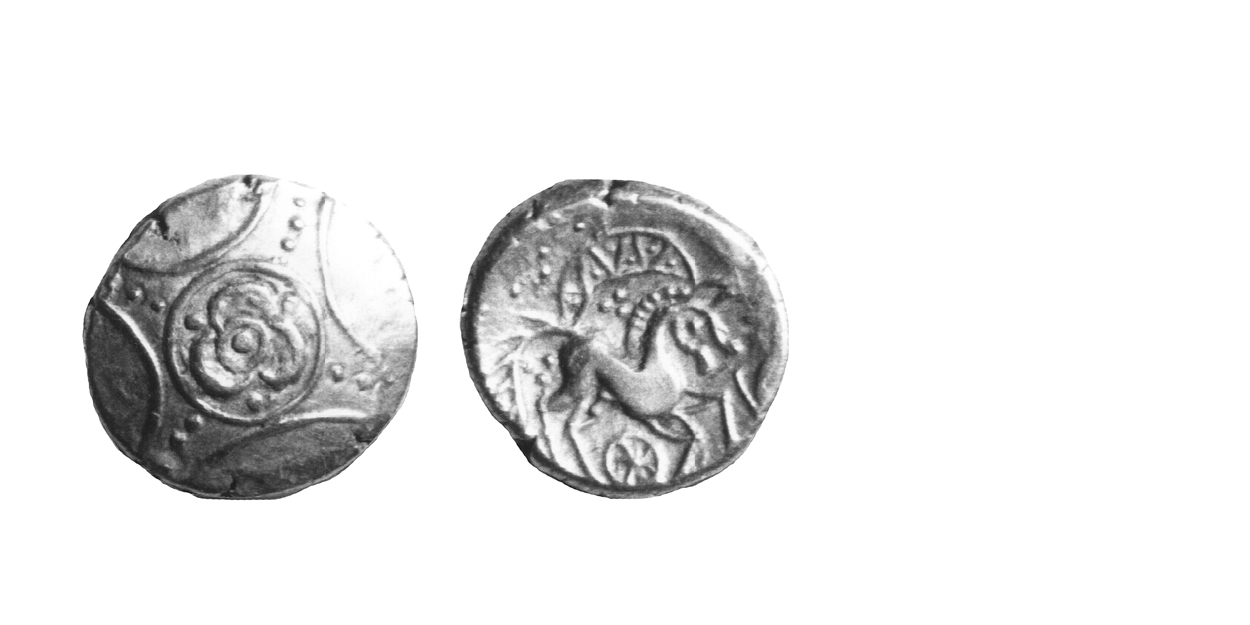
Plate 24
Iceni (Info)
Early Uninscribed Gold Types
Earlier Freckenham Types Icenian B





Earlier Freckenham Types Icenian B





Later Freckenham Gold Types Icenian B









third edition
Click on coin to see hidden information


































